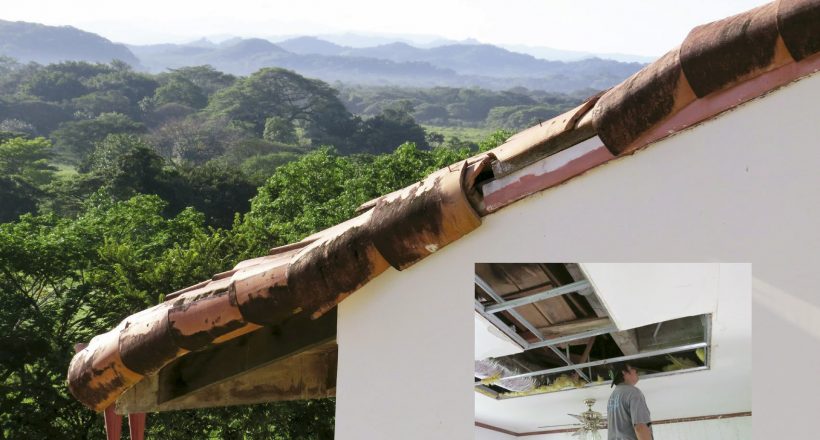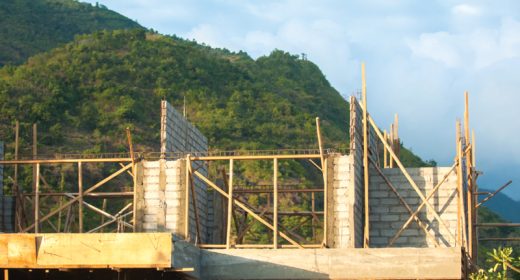
Building CR – Storm Protection for Your Home
- NOV 06, 2017Warning: count(): Parameter must be an array or an object that implements Countable in /home/howlermag/public_html/old/wp-content/themes/new-paper/includes/general.php on line 193

Your Lead Paragrpah goes here
We are all at the mercy of Mother Nature, which means many things are simply out of our hands and living in a tropical paradise isn’t always easy. There are measures we can and should take to prepare our homes and properties against heavy rains, flooding, wind and falling trees.
When building a new home, some key design considerations include elevation above ground level, proximity to trees, streams and rivers, and natural drainage. The quality of construction and materials is also very important, including the roof, windows and exterior wall surfaces such as painted and/or stucco. High-quality paint, windows and roofing protects your home much better than a cheaper alternative.
It’s always best to build your home at least six feet above ground level to prevent flood water from entering. Depending on the home’s natural drainage and slope, I sometimes advise clients to build up to a foot off the ground to provide better flood protection. Nearby streams or rivers mean your home is in a potential flood zone, where it’s best to be on the safe side and build it up a full meter above grade.
Roof overhangs of at least three feet are advisable to prevent rain-driven water damage to exterior walls, windows and doors. Your roof overhangs not only provide shade and keep the home cooler, but also protect your home from UV exposure, rain and other weather events that can cause damage. Using high-quality exterior paint will also prevent mold and fungal growth when the walls are wet; the higher the paint quality, the better for the outside of your home.
During dramatic rain events, your roof will be put to the ultimate test. That’s when any leak will make itself noticeable. The better condition your roof is in, the less water damage you will incur during storms. I recommend checking your roof once a year and making sure it’s in good condition before the rainy season or potential big storms. Replace rusting screws, repair flashing and patch holes as needed. Cleaning out the gutters and downspouts is also very important to deflect rainwater away from your home.
Keep the trees around your home trimmed to reduce the chances of a broken limb or trunk falling onto the roof during a storm. Poorly designed septic systems are bound to fail during sustained periods of ground saturation, so be proactive in having them drained soon after a lengthy bout of rain. Also keep in mind that underground utilities are susceptible to water damage. Electrical problems that occur soon after a flood event are likely caused by water entering and remaining inside the plastic conduits.
If you have any culverts or other drainage channels that move water away from your home and property, keep them as clean and free of debris as possible to prevent blockage, water buildup and additional flooding.









